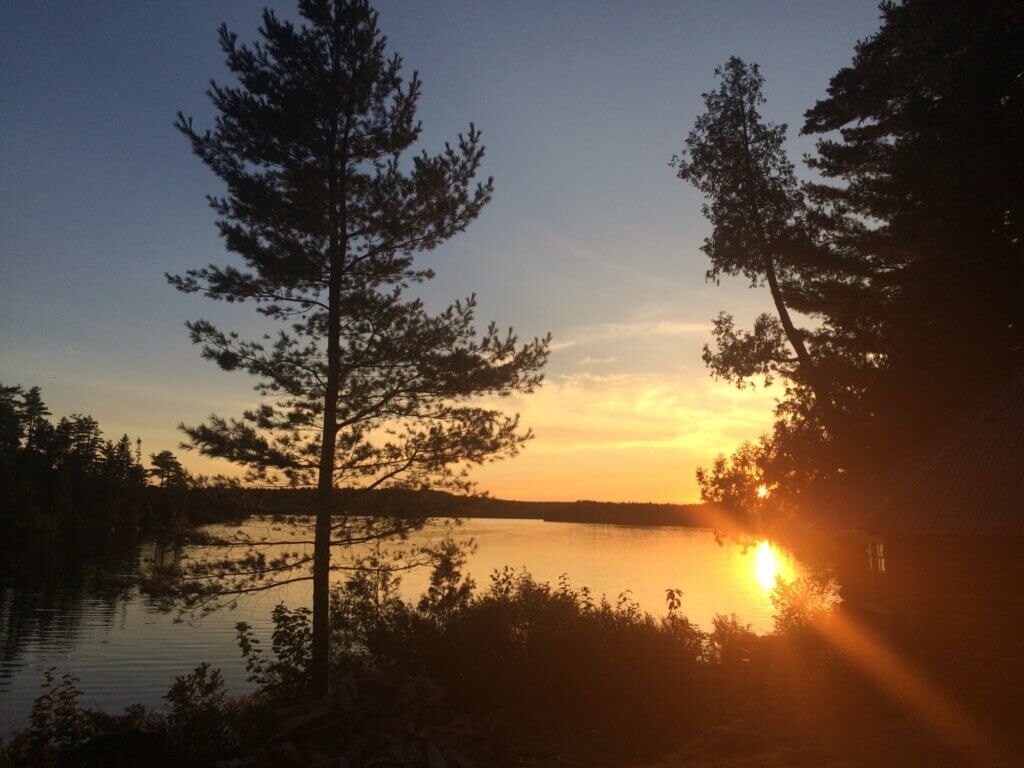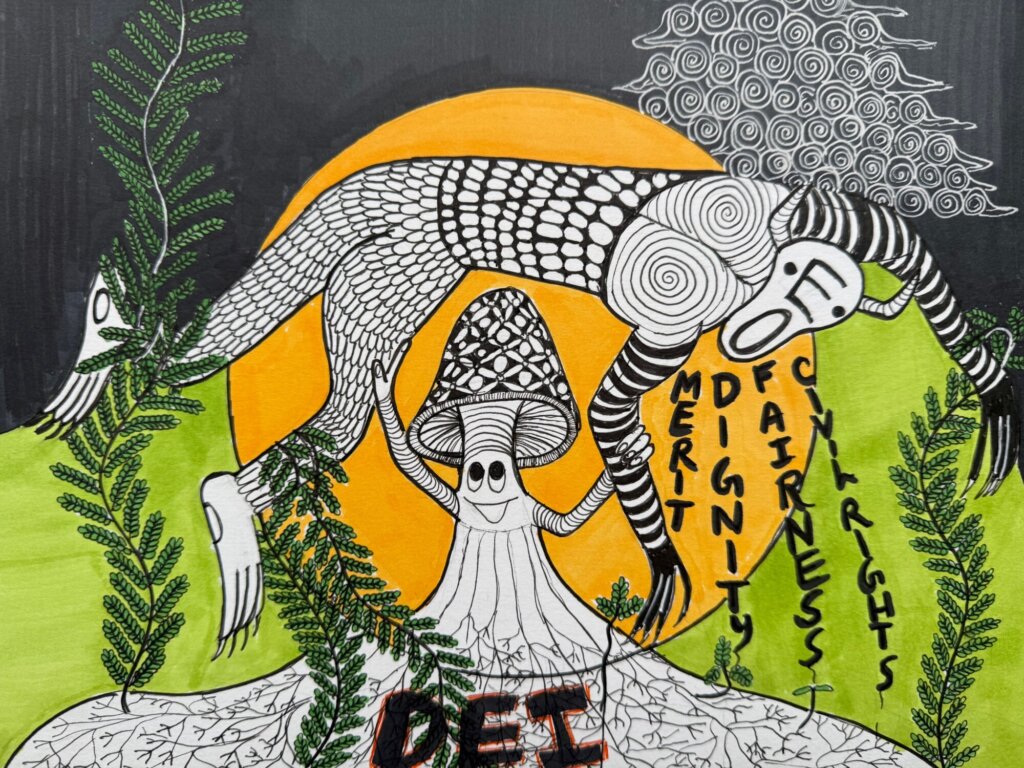Ava
Published on
09 - 20 - 2019
Ava
Published on
09 - 20 - 2019
In the spring, PGM ONE organizers asked me to write a piece about why white folks shouldn’t show up to PGM ONE. It was a piece that flowed out of me easily. I had been having the conversation about the importance and value of affinity spaces for people with marginalized identities for several years now. In that piece, I talked about how watching PGM ONE from afar created a tension between my white feelings and my values. Often they are at odds, and I encouraged my fellow white colleagues to do the work to process through those feelings outside of PGM ONE.
A few months later, I attended the Dismantling White Supremacy Unconference. The first portion of the unconference was facilitated by Lynn Johnson and a group of actors, who used playback theater to connect the audience to stories from people of color. For me, witnessing playback theater was profoundly impactful; listening to someone’s story is one thing, but to see it played back on stage was at times gut-wrenching. I found myself tearing up and wanting to let myself fully feel my emotions, but I also found myself keeping my emotions in check, wanting to avoid the potential impact of my white tears on Black, indigenous and people of color (BIPOC). Similar to the story I told in my PGM ONE piece, I was yet again at the intersection of my feelings and my values. My feelings were intense and wanted to be let out. My values told me that I needed to be highly aware of my presence and my conduct. I felt stuck for a moment, but I’m well versed in stifling emotions so I “pulled myself together” and continued on with the day.
This past week, I facilitated two workshops about whiteness and white supremacy in which *I think* I was witnessing other white folks similarly at the intersection of their feelings and values. Both audiences were predominately white with a couple of BIPOC folks. The BIPOC folks showed up graciously, willing to share stories and perspectives in service of furthering the conversation and our shared vision for a racial justice. Yet, both workshops felt emotionally stilted. In many of our workshops, we start the day off expressing our hopes and fears. Without fail, whenever I ask white people about their fears regarding anti-racism work, the two that always come up are (1) fear of messing up and (2) fear of hurting others. And those fears are valid; we white folks mess up a lot and we hurt BIPOC people a lot. As a result, we often check our emotions at the door in workshops to mitigate that harm. And to be honest, I think that’s the right move in that particular moment. Workshops are not necessarily the space for white folks to process through the often messy, sometimes hurtful emotions we have when confronting whiteness.
But what we’ve forgotten is to intentionally create space for ourselves, away from BIPOC, to process and move through our emotions (the good, the bad, and the ugly) rather than stifle them forever. So, here I am, advocating for a white only space. It feels deeply uncomfortable to do so, but I’m more committed to my values than my own comfort (or at least that’s something I’m working hard on). And to be specific, the white space I’m advocating for is for us to be able to address whiteness in a space where we can allow ourselves to be messy and unreasonable – a space in which we can feel what we need to feel in service of moving through that emotion rather than letting that emotion linger in our subconscious, only to be activated in a way that harms BIPOC. I’m afraid if we don’t do this for ourselves, we will continue to build up resentment and frustration around anti-racism work. So, yes, I think that white only spaces in service of processing our emotions is the right thing to do.
Finally, I need to acknowledge that it would not be possible to write this blog post if it weren’t for the BIPOC storytellers, scholars, activists, artists, and facilitators who have shared their pain, frustrations, and visions for justice. Without sharing your stories, we’d most likely still be swimming in a sea of whiteness without knowing it (let’s be honest, we still are, but a bit less so now) and unable to understand the need for racial justice. So thank you for sharing – we’ve got some work to do to process through all of this, but I am confident that if we process our emotions in a healthy way, we’ll be able to show up in the way you’ve been asking us to for years.
With all of that said, I will be committing to leading an open enrollment workshop for white folks in Fall of 2020. And in the meantime, please – let’s keep carving out those intentional spaces – formal and informal – to process our white emotions so we can keep showing up.
Dear Avarna community, We’re only four months into four years of this presidential administration, and the attacks on everything our…
Read full post about Staying the Course: On EOs, Education, ERGs, and SailingAvarna Community, It is with nearly all the emotions you might find in an emotions wheel that I am announcing…
Read full post about Farewell, AvarnaThe current administration’s anti-DEI Executive Orders have sparked varied responses in the nonprofit and private sectors—some organizations are defending DEI…
Read full post about DEI Jujitsu: Flipping the Backlash to Reframe Our Work

